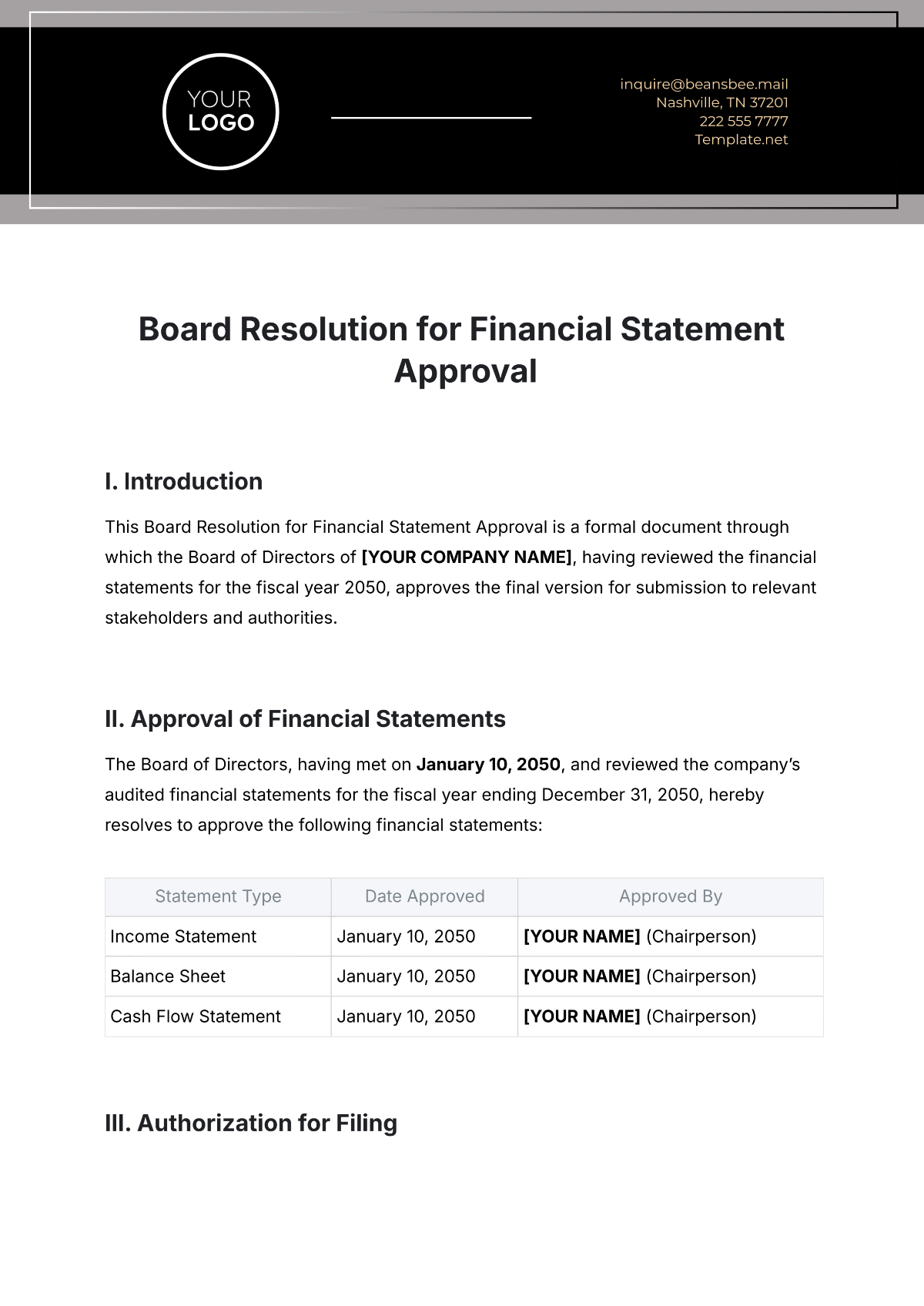Middle Management: Bridging The Gap Between Leadership And Employees For Optimal Results

Table of Contents
Effective Communication: The Cornerstone of Middle Management
Effective communication forms the bedrock of successful middle management. It's the conduit through which leadership's vision is translated into actionable steps for teams, and employee concerns are relayed upward. Without clear and consistent communication, even the best strategies can falter.
Translating Leadership Vision
Middle managers play a vital role in deciphering complex strategic goals and breaking them down into manageable, understandable tasks for their teams. This requires strong communication strategies that ensure everyone is on the same page.
- Regular Team Meetings: Scheduled meetings provide a platform for disseminating information, addressing concerns, and fostering collaboration.
- Clear Written Instructions: Well-defined written instructions minimize ambiguity and ensure consistent execution of tasks.
- Open-Door Policies: Creating an environment where employees feel comfortable approaching their manager with questions or concerns fosters open communication and trust.
- Utilizing Visual Aids: Charts, graphs, and other visual aids can help simplify complex information and improve comprehension.
Facilitating Upward Communication
Effective middle management isn't just about disseminating information downwards; it's also about facilitating upward communication, ensuring leadership receives valuable employee feedback. This feedback is crucial for identifying problems, improving processes, and enhancing overall employee engagement.
- Regular One-on-One Meetings: Individual meetings allow for personalized feedback and address specific concerns.
- Anonymous Employee Surveys: Surveys provide a safe space for employees to share honest feedback without fear of retribution.
- Focus Groups: Focused discussions with small groups of employees can provide in-depth insights into specific issues.
- Utilizing Suggestion Boxes (Physical or Digital): Creating easily accessible platforms for feedback encourages open communication.
Mastering Team Management and Motivation
Building and motivating high-performing teams is a core responsibility of middle management. This involves fostering collaboration, trust, and accountability while driving employee engagement and productivity.
Building High-Performing Teams
Creating a high-performing team requires more than just assigning tasks; it demands active cultivation of a positive and productive work environment.
- Team-Building Activities: Activities designed to foster camaraderie and improve teamwork are essential.
- Clear Performance Expectations: Establishing transparent performance goals and providing regular feedback enhances accountability.
- Conflict Resolution Strategies: Middle managers need to be equipped to mediate conflicts effectively and fairly.
- Mentorship Programs: Pairing experienced employees with newer ones fosters knowledge transfer and team cohesion.
Driving Employee Engagement and Productivity
Engaged employees are productive employees. Middle managers can significantly impact employee engagement by empowering their teams, recognizing achievements, and providing opportunities for growth.
- Employee Recognition Programs: Acknowledging accomplishments, both big and small, boosts morale and reinforces positive behavior.
- Opportunities for Professional Development: Providing access to training, workshops, or further education demonstrates a commitment to employee growth.
- Empowering Employees: Delegating responsibilities and encouraging autonomy fosters a sense of ownership and increases engagement.
- Flexible Work Arrangements: Where possible, offering flexible work options can improve employee satisfaction and productivity.
Navigating the Challenges of Middle Management
The role of middle management presents unique challenges, demanding strong organizational and leadership skills. Effectively navigating these challenges is crucial for success.
Balancing Competing Demands
Middle managers often juggle multiple priorities and deadlines from both upper management and their teams. Effective time management and prioritization are crucial.
- Prioritization Techniques: Using methods like Eisenhower Matrix (urgent/important) helps focus efforts on high-impact tasks.
- Time Management Strategies: Techniques such as time blocking and the Pomodoro Technique can improve efficiency.
- Delegation Skills: Effectively delegating tasks empowers team members and frees up time for more strategic initiatives.
- Utilizing Project Management Tools: Software like Asana or Trello can improve organization and task management.
Developing Strong Leadership Skills
Continuous learning and development are essential for middle managers to adapt to evolving organizational needs and maintain effectiveness.
- Leadership Training Programs: Investing in formal leadership training enhances skills in communication, conflict resolution, and team building.
- Mentorship Programs: Learning from experienced leaders provides valuable guidance and insights.
- Industry Conferences and Workshops: Staying updated on industry trends and best practices is crucial.
- Online Courses and Resources: Numerous online platforms offer courses and resources for professional development.
Conclusion
Effective middle management is not simply about relaying instructions; it's about building bridges, fostering communication, and driving team performance. By mastering effective communication strategies, implementing strong team management techniques, and navigating the inherent challenges of the role, middle managers can significantly contribute to organizational success. Become a more effective middle manager by implementing the strategies discussed above. Bridge the gap between leadership and employees, improve your team's performance, and drive optimal results through effective middle management.

Featured Posts
-
 Valerio Therapeutics S A Postponement Of 2024 Financial Report And Statement Approval
May 17, 2025
Valerio Therapeutics S A Postponement Of 2024 Financial Report And Statement Approval
May 17, 2025 -
 Best Crypto Casino 2025 Jackbit Review And Top Bitcoin Gambling Sites
May 17, 2025
Best Crypto Casino 2025 Jackbit Review And Top Bitcoin Gambling Sites
May 17, 2025 -
 Pistons Game 4 Loss A Costly Foul Call And Its Aftermath
May 17, 2025
Pistons Game 4 Loss A Costly Foul Call And Its Aftermath
May 17, 2025 -
 Mariners Vs Athletics Injury Report March 27 30
May 17, 2025
Mariners Vs Athletics Injury Report March 27 30
May 17, 2025 -
 Wnba Debut Paige Bueckers Earns City Name Change For A Day
May 17, 2025
Wnba Debut Paige Bueckers Earns City Name Change For A Day
May 17, 2025
